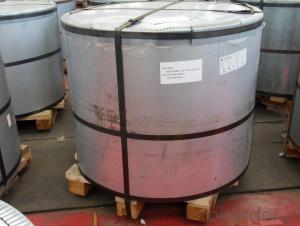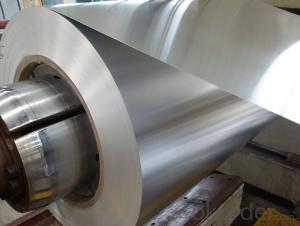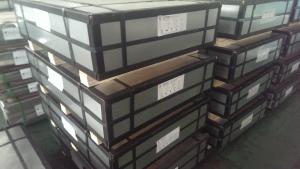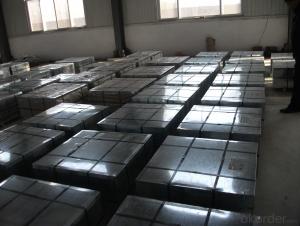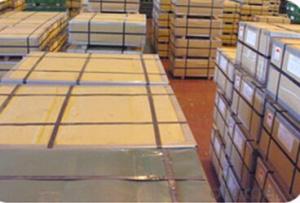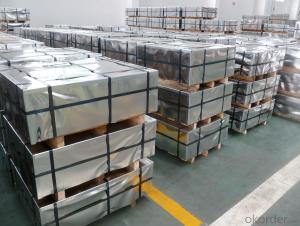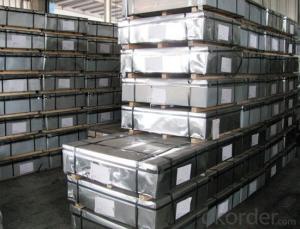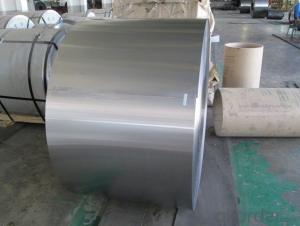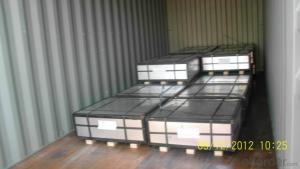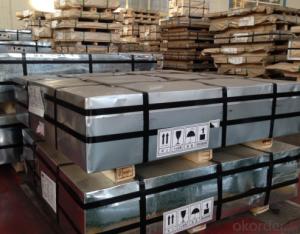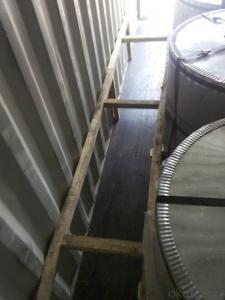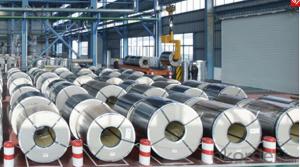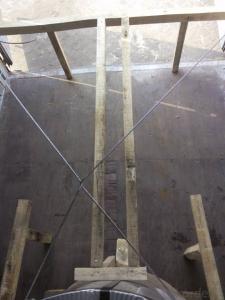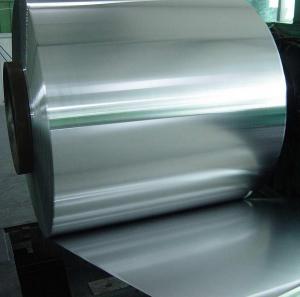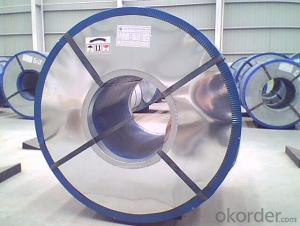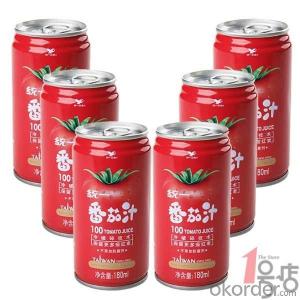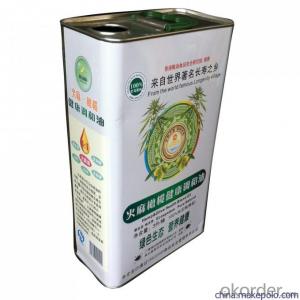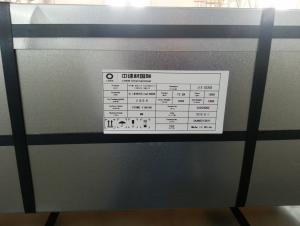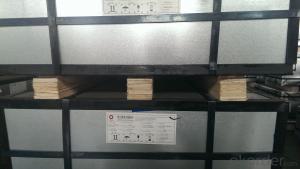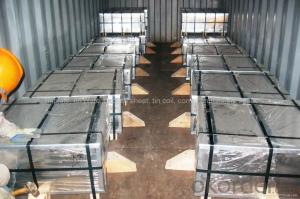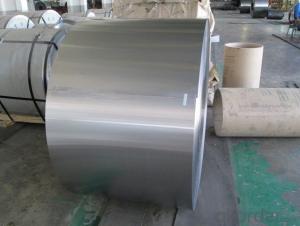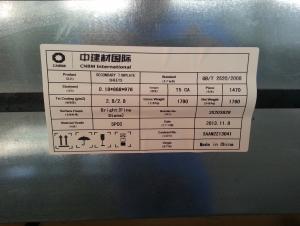Tinplate Cans
Tinplate Cans Related Searches
Electrical Panel Accessories Tinplate Iron Outdoor Spigot Parts Electrical Waterproof Spray Double Reduced Tinplate Non Electrical Equipment Kenmore Electric Dryer Parts Besam Door Parts Mth Standard Gauge Tinplate Agricultural Machinery AdhesiveHot Searches
Plastic Sheets For Sale Tinplate Sheets For Sale Grp Sheets For Sale Granite Sheets For Sale Styrofoam Sheets For Sale Starboard Sheets For Sale Mth Tinplate For Sale Tinplate For Sale Tinplate China Tata Tinplate Price List Tinplate Price Trend Tinplate Nse Share Price Tinplate Price Chart Tinplate Share Price Nse Tata Tinplate Share Price Tinplate Share Price Today Tinplate Share Price Bse Tinplate Price Tinplate Share Price Tinplate Coil ManufacturersTinplate Cans Supplier & Manufacturer from China
Okorder.com is a professional Tinplate Cans supplier & manufacturer, offers integrated one-stop services including real-time quoting and online cargo tracking. We are funded by CNBM Group, a Fortune 500 enterprise and the largest Tinplate Cans firm in China.Hot Products
FAQ
- Tinplate offers several weight advantages compared to other packaging materials. Firstly, it is significantly lighter than materials like glass or aluminum, making it easier to handle and transport. This lightweight nature also contributes to lower shipping costs. Additionally, tinplate's lightness allows for more product to be packaged in a smaller space, maximizing efficiency and reducing storage requirements. Overall, the weight advantages of tinplate make it a preferred choice for many industries seeking cost-effective and efficient packaging solutions.
- Tinplate is highly recyclable and is considered one of the most environmentally friendly packaging materials available. It can be recycled infinitely without losing its properties, making it a preferred choice for sustainability-conscious industries. In comparison to other packaging materials such as plastic or glass, tinplate has a much higher recycling rate and is widely accepted in recycling programs worldwide. Its recyclability significantly reduces the environmental impact and contributes to a circular economy.
- What are the advantages of tin packaging?
- The decoration is exquisite: the metal material has good printing performance; the design trademark is bright and beautiful; the packaging container made by it is noticeable, and it is a kind of good sale packing.
- One common misconception about tinplate packaging is that it is easily dented or damaged. In reality, tinplate is quite durable and can withstand rough handling without losing its structural integrity. Another misconception is that tinplate packaging is not environmentally friendly. However, tinplate is highly recyclable and can be reused multiple times, making it a sustainable packaging option.
- Tinplate packaging contributes to product protection against contamination by providing a durable and secure barrier between the product and external elements. The tin coating on the steel substrate prevents corrosion and rusting, ensuring the integrity of the packaging. This protects the product from moisture, oxygen, and other contaminants that could compromise its quality or safety. Additionally, tinplate packaging is airtight, preventing the entry of bacteria or microorganisms, further enhancing product protection against contamination.
- Tinplate performs exceptionally well in terms of product protection. Its strong and durable nature ensures excellent resistance against corrosion, moisture, and oxygen, thus safeguarding the contents from external elements. Additionally, its ability to provide an airtight seal helps in preserving the product's freshness, flavor, and quality for an extended period. Overall, tinplate is a reliable and efficient packaging material for ensuring optimal product protection.
- Tinplate is primarily used in the medical industry for packaging pharmaceutical products, such as pills and tablets, due to its excellent barrier properties against moisture, light, and oxygen. It is also commonly used for medical device packaging, ensuring the sterility and protection of sensitive equipment. Additionally, tinplate is utilized in the production of medical instruments and tools, as it provides a durable and corrosion-resistant coating.

